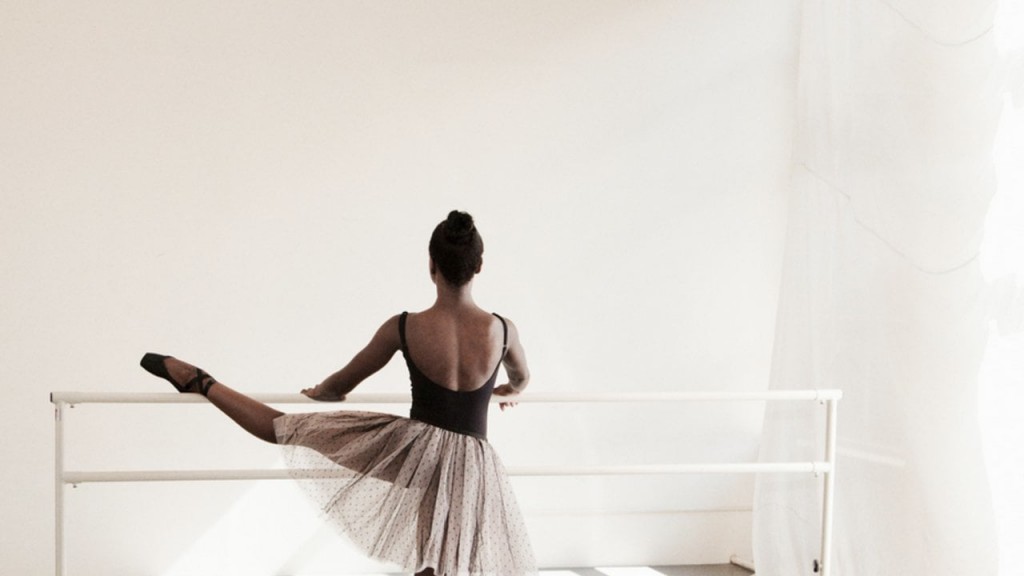BLACK GIRLS,
WEAR A TUTU;
BALLET WILL DIE
WITHOUT YOU
BY TIM PULLIAM
Mainstream ballet is in danger of dying and here’s why: America is becoming more diverse, but ballet is not. The industry is largely snow white. Pointe magazine blames the decades-old problem on economic inequality. Ballet classes tend to draw the wealthy because professional classes can cost thousands—as much as $30,000 according to the website,What it Costs. The Bureau of Labor statistics estimates the ballet industry will only grow 6 percent by 2022, compared to 24 percent for choreographers, which does not have a diversity problem. Ballet needs more rising stars like Misty Copeland, the first African-American principal dancer of the American Ballet Theater, and diversity programs like the Washington School of Ballet in order to survive.
The Washington Ballet provides lessons to public school students from underserved communities through its initiative called Dance DC. Since 1999, more than 700 students have received dance lessons. Sixty-eight percent of them are African American. Dance DC targets 2nd and 3rd graders at eight elementary schools in the district: Beers, Bruce Monroe, John Eaton, J.O Wilson, Orr, Smothers and Turner Elementary. The Washington Ballet’s diversity program provides a viable pipeline to the big leagues for girls who look like Copeland.
Shannon Harkins, an African-American teen from Silver Spring, MD, has been with Washington Ballet for nearly 10 years and was the only African American to perform in the company’s performance of the Nutcracker. She was also one of 10 girls selected nationwide to participate in a competitive summer program where Misty Copeland, one of her role models, was an instructor. In a Washington Post article on the struggle of black ballet dancers, Harkins says that although she is the only minority at her level at the Washington Ballet, she doesn’t feel like an outcast, “I’ve always felt included.”
Still, American ballet must branch out and reach the black girls who do feel excluded. Rachel Moore, chief executive at the American Ballet Theatre says, “In my 30 years that I’ve been in professional ballet, we have not moved forward much.”
Each year the Congressional Black Caucus Foundation, Incorporated (CBCF) awards scholarships to deserving students with career interests in the Arts. Artistic expression in any form should represent all racial hues. The time is now for the ballet industry to create a sustainable diversity and inclusion plan, or risk becoming irrelevant.
Photo credit: Abbey Drucker
++++++++++++
![]()


